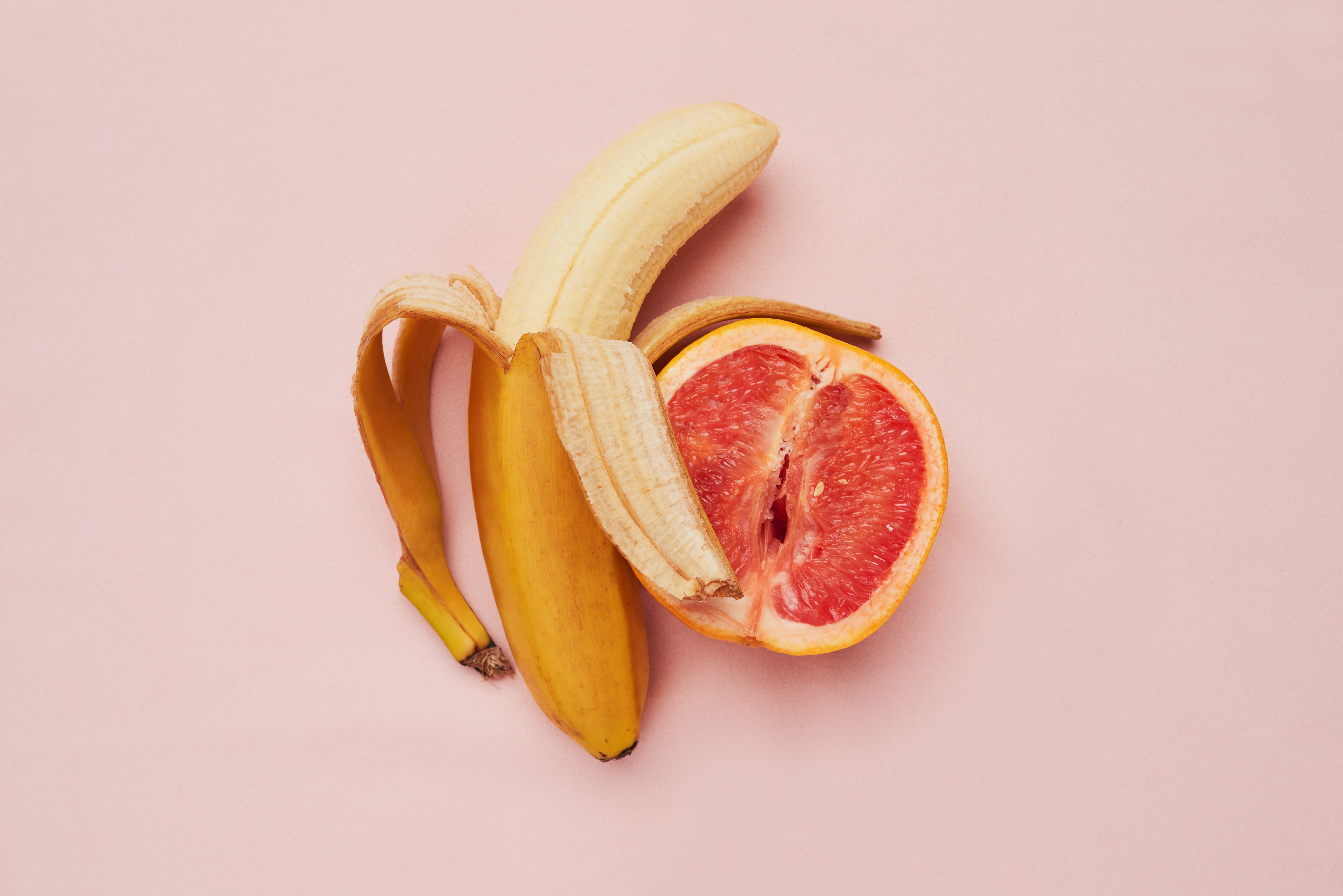Women are being short-changed when it comes to orgasms
We need to be a bit more grown up if we are to address sexual injustice and correct the years of unfulfilling sex that women have been expected to put up with


Your support helps us to tell the story
From reproductive rights to climate change to Big Tech, The Independent is on the ground when the story is developing. Whether it's investigating the financials of Elon Musk's pro-Trump PAC or producing our latest documentary, 'The A Word', which shines a light on the American women fighting for reproductive rights, we know how important it is to parse out the facts from the messaging.
At such a critical moment in US history, we need reporters on the ground. Your donation allows us to keep sending journalists to speak to both sides of the story.
The Independent is trusted by Americans across the entire political spectrum. And unlike many other quality news outlets, we choose not to lock Americans out of our reporting and analysis with paywalls. We believe quality journalism should be available to everyone, paid for by those who can afford it.
Your support makes all the difference.Research has consistently found that men report having more orgasms than women, often referred to as the orgasm gap. The popular view is that women take longer to orgasm and that it takes greater effort to achieve this than for men – but this belief is challenged by new research carried out by a team from McMaster University in Canada.
Using a large, nationally representative sample, researchers interviewed a sub-group of 40 men and women. Confirming previous research, they found that 86 per cent of men compared to just 62 per cent of women reported having an orgasm in their most recent sexual experience. In common with many heterosexual men and women, this sub-sample acknowledged that they knew oral sex was an effective way for some women to achieve sexual pleasure resulting in orgasm. Despite having this knowledge, the gender gap persisted.
The researchers dug deeper into the reasons for this gap when interviewing their participants. One explanation is highlighted in the persistent belief that men and women have differing reasons for having sex. These include the view that men need a form of physical release, in contrast to women who need emotional connection with their partner as a way of demonstrating exclusivity.
This forms part of a broader theory of gender essentialism, which suggests there are biological and physical differences between men and women. This has been used to support the idea that women should be homemakers and men breadwinners, for example.
Understanding thos wider perception of gender and expectations helps to make sense of differences in sexual pleasure. The research participants defined regular sex as penile-vaginal intercourse which obviously orientates sexual pleasure and stimulation of the penis, rather than the clitoris.
Again, this prioritises and facilitates male orgasm at the expense of female orgasm, despite participants knowing the most effective ways of ensuring female stimulation and orgasm. Many of the participants shared their view that this requires extra “work” and is challenging as well as time-consuming. Providing some of the reasons for the schism between knowledge and sexual practice.
This is amplified by the way female participants described their views about alternatives to penile-vaginal intercourse such as oral sex. They used descriptors like “bad”, “dirty” or “unnatural” when describing oral sex. This has no doubt been shaped by stereotypes and social exchanges that build on an already skewed belief that women and men have differing sexual needs and worse that women’s sexual pleasure is less important than men’s.
This sexual double standard is propagated by the long-standing judgements that are made about women’s needs, in turn creating negative feelings they have about the way they could achieve sexual satisfaction. Women are routinely judged more severely than men when it comes to sexual fulfilment and the methods used to achieve this. The message is that women should control and self-regulate their sexual desires and behaviours, while men are not subject to the same restrictions.
There have been significant achievements in recent years to reduce broader gender inequality in the workplace and in society. But sexual pleasure has missed out on this progress as the orgasm gap adequately demonstrates.
To keep up to speed with all the latest opinions and comment, sign up to our free weekly Voices Dispatches newsletter by clicking here
In the UK, we are somewhat coy about discussing sex, and this restricts changes to sexual inequality. There is hope as the successful campaign on the menopause has demonstrated, what was previously a forbidden and shameful subject has been reframed and discussed more widely, improving uptake of hormone replacement therapy (HRT) to tackle the symptoms and discomfort that too many women have unnecessarily endured.
Surely though, we can be more ambitious than just addressing women’s health, and important as it is, there is much more to life than treatment for the menopause. Sexual pleasure is a right and should be part of every woman’s life as it is for the majority of men.
Bringing this issue out of the darkness and into the light can only happen if we overcome our collective shyness when talking about sex. I think we can afford a little bit of embarrassment to ensure women – like men – get to enjoy partnered orgasms on a regular, rather than as an exceptional event.
This aspect of equality is no less important than any other. We just need to be a bit more grown up if we are to address sexual injustice and correct the years of unfulfilling sex that women have been expected to put up with.
Ian Hamilton is a senior lecturer in addiction and mental health at the University of York
Join our commenting forum
Join thought-provoking conversations, follow other Independent readers and see their replies
0Comments